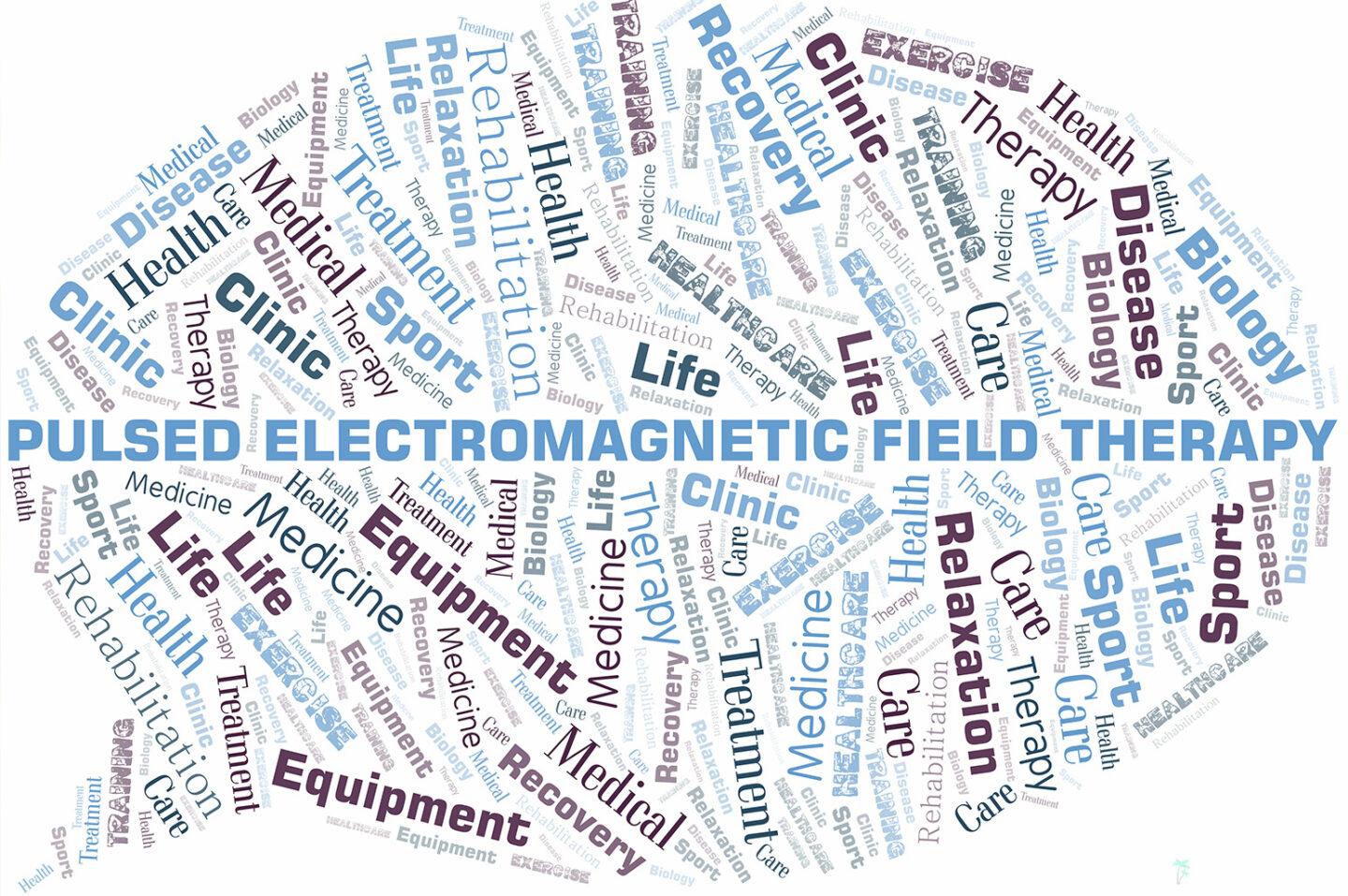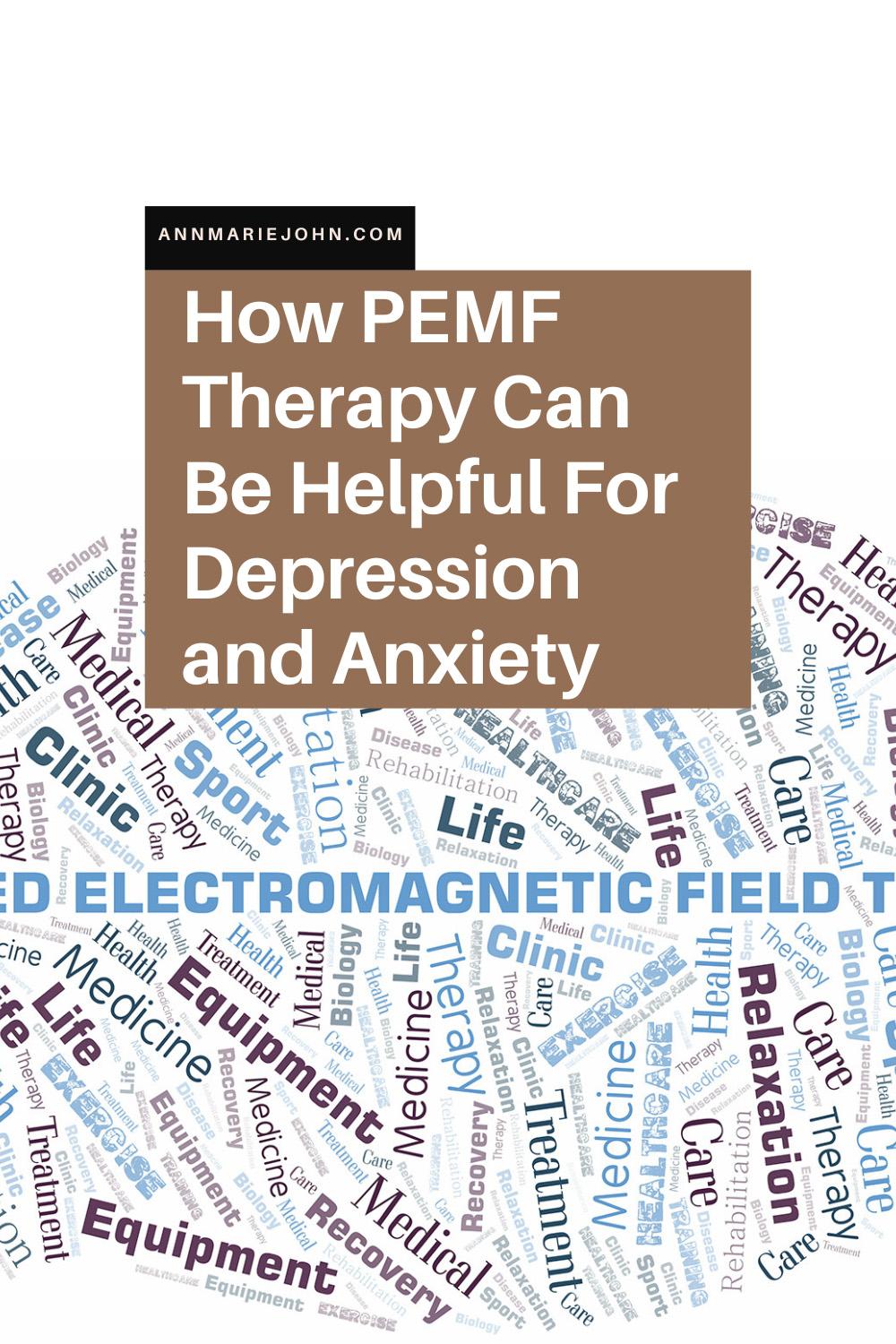Depression and anxiety disorders are two of the most common mental health conditions in the United States, affecting millions of people each year. While there are many effective treatments available, some people continue to struggle with these conditions. Pulsed Electromagnetic Field (PEMF) therapy is a newer treatment option that shows promise for helping people with depression and anxiety. In this blog post, we’ll explore how PEMF therapy works and whether it could be helpful for you or someone you know.

PEMF therapy is a type of therapy that releases electromagnetic waves of altered frequency levels to stimulate the body’s natural healing process. Specific PEMF devices operate for this purpose. They create a magnetic wave of low frequency that transmits into the cells to enhance their functioning, and they release a pulsed electromagnetic field (PEMF) to stimulate nerve cells and reduce inflammation.
The technology behind PEMF therapy has been studied for decades and has proven effective in treating many physical injuries, chronic pain, and other illnesses. More recently, it has also been found to be beneficial for people with depression and anxiety disorders. Studies have shown that PEMF therapy can increase serotonin levels in the brain, which is thought to provide relief from symptoms of depression and anxiety. Additionally, PEMF therapy sessions are relatively short—they typically last 30 minutes or less—allowing patients to reap its benefits quickly without a long-term commitment.

Depression, Anxiety, and PEMF Therapy:
Anxiety and depression are heightening among children, teens, and adults. These include intense feelings of sadness or fear due to stressful events ensuing in one’s life. These strong emotions make it difficult for a person to live a joyful life. PEMF therapy enables us to crush this issue without any side effects that medications may also display.
Numerous trials have shown to help with anxiety and depression by restoring normal brain function. Some sources have demonstrated that PEMF technology has antidepressant properties that are even more effective than antidepressants as it modifies the mind’s chemistry without using harmful substances. In 2006, FDA authorized PEMF for anxiety and depression.
PEMF therapy alters how the brain operates. It penetrates directly and deeply into the brain. It excites the nerve cells and influences hormonal and chemical imbalances to balance out the deficiencies that can be the root cause of depression and anxiety. It can change the mind’s natural rhythm and teach it to track the new rhythm. It promotes high-quality and deep sleep, which helps in dealing with mental health issues. It calms an overactive brain. According to studies, electrical energy stimulators offer low levels of electromagnetic fields. These have been proven efficacious clinically to modify neurobiochemicals such as cortisol and serotonin. Depression is related to abnormal serotonin levels in the body.
Benefits:
PEMF devices include mats or applicators on which you lie down. These devices transmit their pulsed magnetic fields into the affected area of the body. It helps regenerate and restore cells at the cellular level. Improved cellular health reduces the effects of depression, stress, and anxiety. PEMF therapy helps our parasympathetic nervous system response, which helps our brain relax when we are stressed.
It helps to prevent pain by supporting natural processes. Sleep is the most significant factor that helps with anxiety and depression. During sleep, the brain controls how the nerve cells communicate with each other. The brain rinses waste from itself and sustains memory and understanding capabilities. It relieves pain, stress, and anxiety. The brain refreshes itself when a person is sleeping. Anxiety and depression may often cause trouble sleeping, which will make it difficult for the brain to perform its function. It leads to more stress and symptoms of depression and anxiety, which interrupt daily activities. PEMF therapy helps improve sleep for those who cannot get quality, deep sleep due to mental health issues.
Similarly, PEMF therapy improves blood circulation to the brain. For a healthy brain, there needs to be more blood flow to the cerebrum. This is because the cerebrum needs oxygen, nutrients, and to get rid of waste products like carbon dioxide. PEMF therapy also lowers heart rate, blood pressure, and cortisol production. Plus, it raises the energy in cells and stimulates microcirculation. Both of these factors directly concern your physical and mental health.
In Conclusion
Ultimately, PEMF therapy is a safe, natural and non-invasive way to manage depression, anxiety, and other mental health problems. It helps in the recovery of neurons that are damaged due to stress. It may help patients eliminate or reduce the use of drugs with major side effects and improve their quality of life. As mentioned earlier, sessions with PEMF devices—they typically last 30 minutes or less—allowing patients to reap its benefits quickly without a long-term commitment. Consult your doctor before you begin any medical treatment for mental health issues. This will ensure that you get the best treatment possible for your condition.
